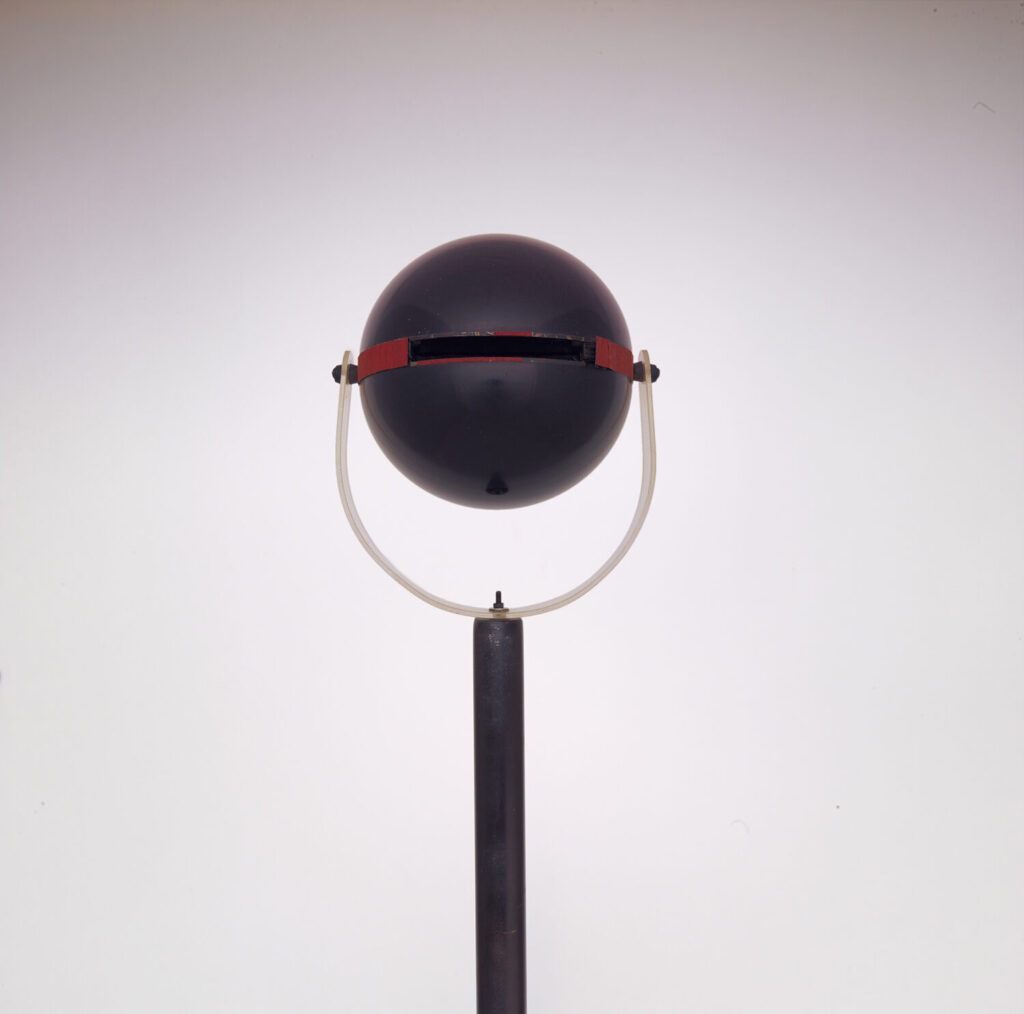
Aïm Deüelle Lüski, Ball Camera, 2004
This article advocates a transformative reevaluation of photographic discourse, redirecting its focus from visual aesthetics to the underlying programmatic principles initiating them. It explores photographic systems as a central concept in the oeuvres under scrutiny, uncovering a profound alignment with design philosophy that starkly contrasts with prevailing interpretations. This theoretical recalibration critically addresses the historical neglect of photographic apparatuses, asserting their indispensable influence across the annals of photographic history despite their notable absence in conventional narratives. Through analysis of the distinctive artistic oeuvres of Aïm Deüelle Lüski, Tuula Närhinen and Tamás Waliczky, the article illustrates the seamless interplay between photographic methods and speculative design, challenging the conventional metrics of photographic value. By advocating this shift, the article invites a comprehensive rethinking of photographic education and practice, urging an in-depth exploration of the conceptual frameworks that underpin the medium, thereby fostering a richer, more nuanced understanding of photography’s essence and potential.